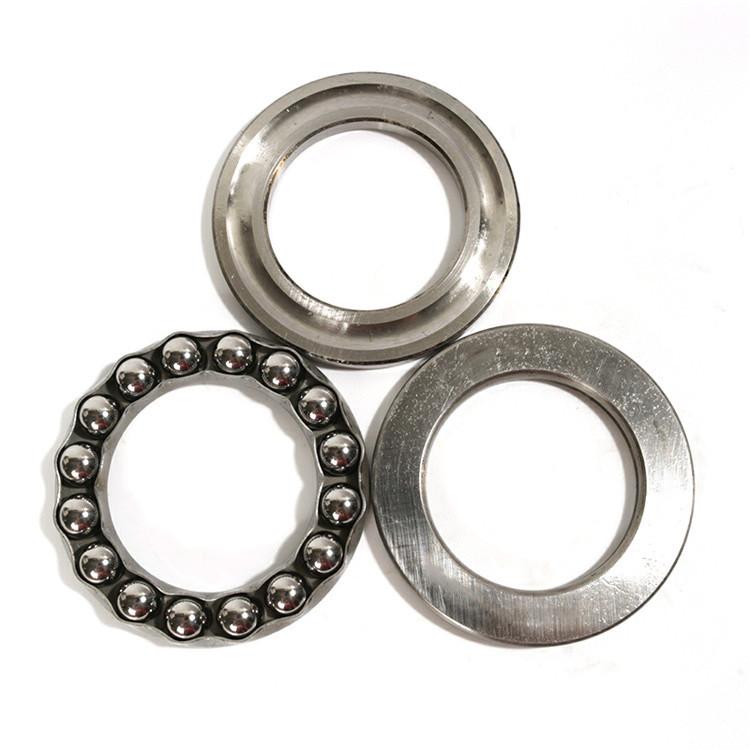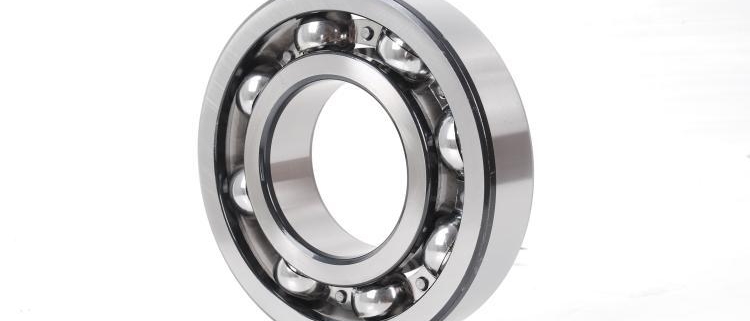The types of ball bearings
Ball bearings are very important components in the mechanical field and are widely used in various rotating shafts and linear guide mechanisms. In order to ensure the good operation of ball bearings in the mechanism, they must be reasonably classified.
Ball bearings are mainly classified according to their structural characteristics and friction properties. According to structural characteristics, ball bearings can be divided into two categories: single row and double row ball bearings. Single row ball bearings have only one raceway, while double row ball bearings have two raceways. In addition, according to different friction properties, ball bearings can be divided into two categories: sliding bearings and rolling bearings.
Sliding bearings have the characteristics of strong load-bearing capacity, smooth operation, and long life. However, the friction resistance is large and requires regular maintenance and upkeep. Rolling bearings have the advantages of small friction resistance, high operating accuracy, and simple maintenance. However, the carrying capacity is relatively low and the price is high.

Sliding bearings can be divided into two types: full oil film and mixed film according to different load-bearing characteristics. Full oil film bearings have small friction resistance and are suitable for light load applications with high speed rotation. Hybrid film bearings have strong load-bearing capacity and are suitable for low-speed and heavy-load applications.
Rolling bearings can be divided into deep groove ball bearings, angular contact ball bearings, cylindrical roller bearings and other types according to their shape and size. Deep groove ball bearings have high precision and low friction resistance and are widely used in various mechanical transmission devices. Angular contact ball bearings can withstand radial and axial loads and are suitable for high-speed and high-precision applications. Cylindrical roller bearings have strong load-bearing capacity and high operating accuracy, and are suitable for low-speed and heavy-load mechanical transmission.
Ball bearings are widely used in various fields, such as aerospace, automobiles, machinery, etc. In the aerospace field, due to the extremely high accuracy and stability requirements for rotating mechanisms, high-precision deep groove ball bearings and angular contact ball bearings are required. In the automotive field, rolling bearings are widely used in engines, chassis and suspension systems to improve the vehicle’s handling and stability. In the field of machinery, ball bearings are widely used in various rotating shafts and linear guide mechanisms to achieve precise transmission and positioning of mechanical parts.



